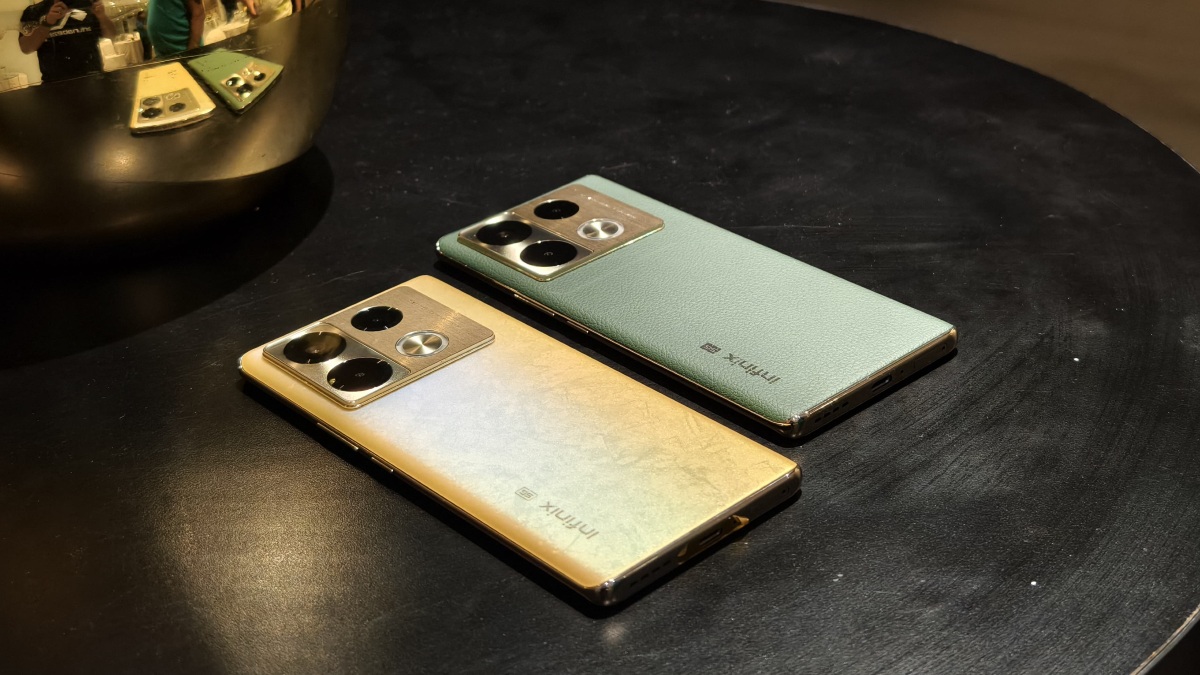Just In
- 9 min ago

- 1 hr ago

- 1 hr ago

- 1 hr ago

Don't Miss
- Sports
 KKR vs RCB Head To Head Record, Stats & Results in Eden Gardens, Kolkata Ahead of IPL 2024 Match 36
KKR vs RCB Head To Head Record, Stats & Results in Eden Gardens, Kolkata Ahead of IPL 2024 Match 36 - Movies
 Devara Part 1: Jr NTR To Groove With Pooja Hegde In Janhvi Kapoor-Starrer Actioner For A Special Song; Details
Devara Part 1: Jr NTR To Groove With Pooja Hegde In Janhvi Kapoor-Starrer Actioner For A Special Song; Details - News
 Bengaluru Traffic Alert: Avoid These Roads On April 20 Between 1 PM To 7 PM
Bengaluru Traffic Alert: Avoid These Roads On April 20 Between 1 PM To 7 PM - Lifestyle
 Mahavir Jayanti 2024: Date, Time, History, Celebrations And Teachings Of Lord Mahavir In Jainism
Mahavir Jayanti 2024: Date, Time, History, Celebrations And Teachings Of Lord Mahavir In Jainism - Automobiles
 Ford Mustang 60th Anniversary Package – Limited To Just 1,965 Units
Ford Mustang 60th Anniversary Package – Limited To Just 1,965 Units - Finance
 Daily Relative Strength Index RSI In A Bullish Mode of This Pharma Stock; Buy For TP Rs 635-685
Daily Relative Strength Index RSI In A Bullish Mode of This Pharma Stock; Buy For TP Rs 635-685 - Education
 Exam Pressure Does Not Exist; Studying Punctually is Crucial; Says Aditi, the PSEB 2024 Topper
Exam Pressure Does Not Exist; Studying Punctually is Crucial; Says Aditi, the PSEB 2024 Topper - Travel
 Journey From Delhi To Ooty: Top Transport Options And Attractions
Journey From Delhi To Ooty: Top Transport Options And Attractions
New Technique Could Solve Smartphone Overheating
Researchers have developed a new temperature mapping technology for tiny devices that could help solve the problem of overheating in smartphones and computers.
The new thermal imaging technique allows engineers to "see" how the temperature changes from point to point inside the smallest electronic circuits.
Called plasmon energy expansion thermometry or PEET, the technique allows temperatures to be mapped in units as small as a nanometre, a unit of measure equal to one-billionth of a metre.

Recommended: Valentine's Day On A Budget: Top 10 Hot Exchange Offers on your Old Smartphones
This breakthrough should enable engineers to design microprocessors that minimise the problem of overheating in smartphones and computers, said the researchers.
"With the old techniques, measuring the thermal conductivity of a nanowire returns one number. Mapping temperature with PEET, we get 10,000 numbers as we go down the wire," explained lead researcher Chris Regan, associate professor of physics and astronomy at University of California, Los Angeles.
"It is the difference between seeing the score and watching the game -- one gives you much better knowledge of the players," Regan pointed out.
Modern microelectronic circuits contain billions of nanometer-scale transistors.
Although each transistor generates only a tiny bit of heat as it operates, many transistors operating at once make the computer chips get very hot, which is why cellphones get warm and computers need fans to run properly.
Recommended: Top 10 Cheapest 2GB RAM Smartphones Available in India
The research team built its technique on the same physical principles behind the glass-bulb thermometer that was invented by Daniel Gabriel Fahrenheit in 1724.
PEET determines temperature in the same way by monitoring changes in density using a transmission electron microscope. The team demonstrated the technique on tiny aluminum wires that were heated on one end.
The study appeared in the journal Science.
Source: IANS
-
99,999
-
1,29,999
-
69,999
-
41,999
-
64,999
-
99,999
-
29,999
-
63,999
-
39,999
-
1,56,900
-
79,900
-
1,39,900
-
1,29,900
-
65,900
-
1,56,900
-
1,30,990
-
76,990
-
16,499
-
30,700
-
12,999
-
62,425
-
1,15,909
-
93,635
-
75,804
-
9,999
-
11,999
-
3,999
-
2,500
-
3,599
-
8,893












































